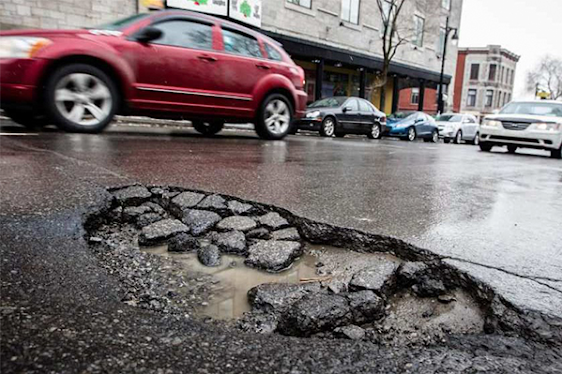Car Thermostat – Uses, Symptoms, and Ways to fix it
The thermostat in a car is an essential element in regulating the engine’s temperature. It is a valve that controls the flow of coolant through the engine, helping to maintain a consistent operating temperature. It consists of a sensor that measures the temperature and a control mechanism that adjusts the flow of heat or cooling as needed to maintain a desired temperature.
What does a car thermostat do?
The primary use of a car thermostat is to regulate the engine’s temperature by controlling the flow of coolant. The thermostat has a small valve that unlocks and locks based on the temperature of the coolant. As the engine warms up, the thermostat valve opens to allow coolant to flow through the engine and help regulate its temperature. The thermostat valve is closed when the engine is cold, preventing coolant flow.
In addition to regulating the engines temperature, a car thermostat can also help improve fuel efficiency. An engine running at the optimal temperature will be more efficient and use less fuel.
A car thermostat can also help protect the engine from damage. If the engine overheats, it can suffer severe damage, including warping or melting internal components. A functioning thermostat helps prevent overheating and protect the engine.
Symptoms indicating a faulty car thermostat
There are a few common symptoms that may indicate a problem with the thermostat in a car:
1. Overheating: If the thermostat is stuck in the closed position, it can prevent the flow of coolant, leading to an overheated engine.
2. Coolant leak: A faulty thermostat in a car can cause a coolant leak, which may be visible as a puddle of fluid under the vehicle.
3. Low coolant level: If the thermostat is not functioning correctly, it may cause the coolant level to drop.
4. Loss of heat in the cabin: If the thermostat is not regulating the flow of coolant properly, it may result in a lack of heat inside the car.
5. Poor fuel efficiency: A faulty thermostat can cause the engine to run too hot or too cold, affecting fuel efficiency.
It’s critical to remember that other problems, such as a faulty radiator or water pump, can also cause these symptoms. An experienced mechanic can diagnose the issue promptly and recommend a suitable action plan.
How to repair a defective car thermostat
Here are a few steps you can employ to repair a faulty car thermostat:
1. Determine the problem: Firstly, diagnose the issue and determine whether the thermostat is the cause. This process may involve checking the thermostat for signs of damage or wear, testing it with a diagnostic tool, or inspecting other parts of the cooling system for problems.
2. Replace the thermostat: If it is determined to cause the problem, replace it as soon as possible. This procedure typically involves withdrawing the old thermostat entirely and installing a brand-new one.
3. Flush the cooling system: After replacing the thermostat, it’s essential to flush the cooling system to clear any residue or contaminants that may have accumulated.
4. Refill the cooling system: Once the system is flushed, you need to refill it with the appropriate coolant.
5. Test the system: After replacing the thermostat and refilling the cooling system, it’s crucial to test the system to ensure it is functioning correctly. Testing the thermostat in a car involves starting the engine and letting it run for a while to see if it overheats or if the temperature gauge reads correctly.
It’s important to note that replacing a faulty car thermostat is a task only a trained mechanic should perform. Working on a cars cooling system can be complex and requires specialised tools and knowledge.
Final thoughts
To conclude this article, we would like to reiterate a stitch in time saves nine. It is essential to perform timely checks on your vehicle to keep it in top shape. Seek prompt help from a car service centre when you notice even more minor symptoms of car trouble, so these issues don’t persist long-term...( continue reading )






Comments
Post a Comment